DEVELOPMENT OF RIGID ROADS / CONCRETE ROADS
For road construction, there are several methods, namely rigid pavement or flexible pavement. Rigid pavement / concrete road, is a road work made with a high quality concrete mixture. depending on the needs and where the location of the work to be carried out using high quality concrete. for example, for the manufacture of toll roads that use concrete / rigid pavement, it usually uses a higher quality concrete to be able to be crossed by various vehicles. construction of a rigid pavement / concrete road from a compacted subgrade layer and then immediately make a road with cast concrete on the ground. the load that is received from the top of the concrete road is directly channeled to the ground. so the load received will be transferred directly to the subgrade under the concrete road.
While asphalt pavement (flexible pavement), uses a paved layer on the top surface. while underneath it uses a grained layer such as class A aggregate, class B aggregate, selected stockpile soil and subgrade. for flexible pavement road resistance, it is very influential on the subgrade and the grained layer under the asphalt. if there is an unstable subgrade it will quickly affect the layers above it.
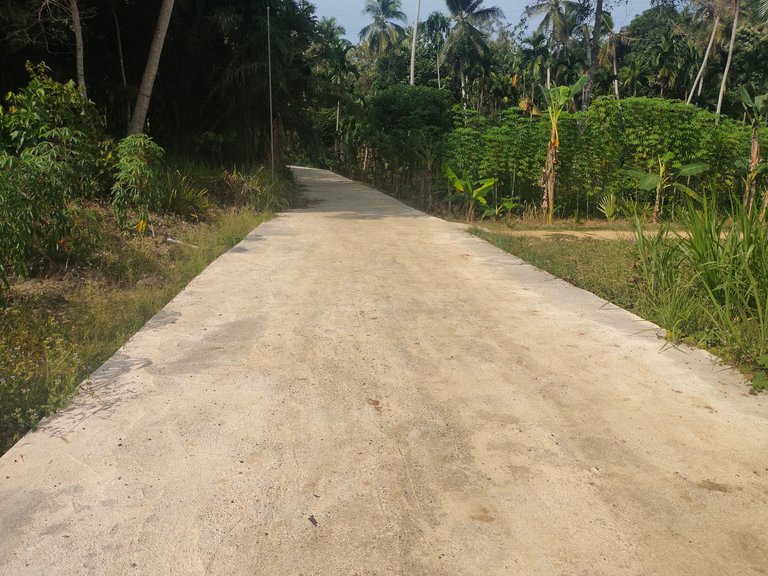
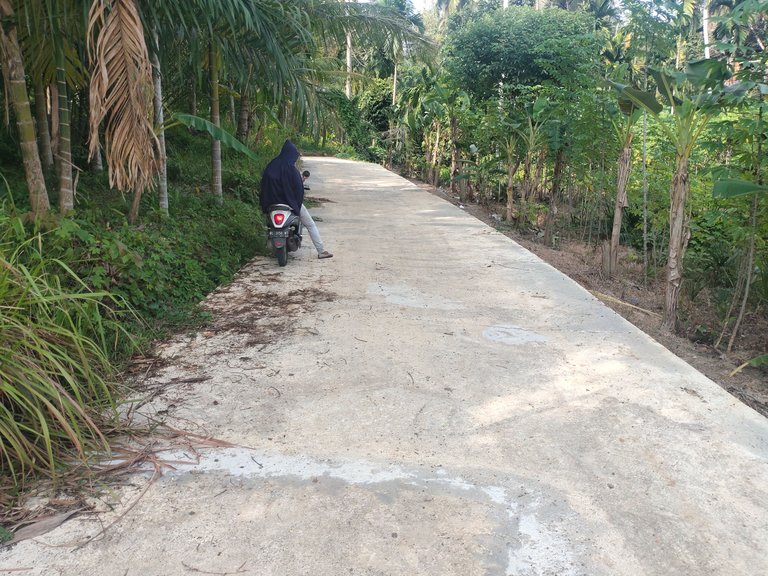
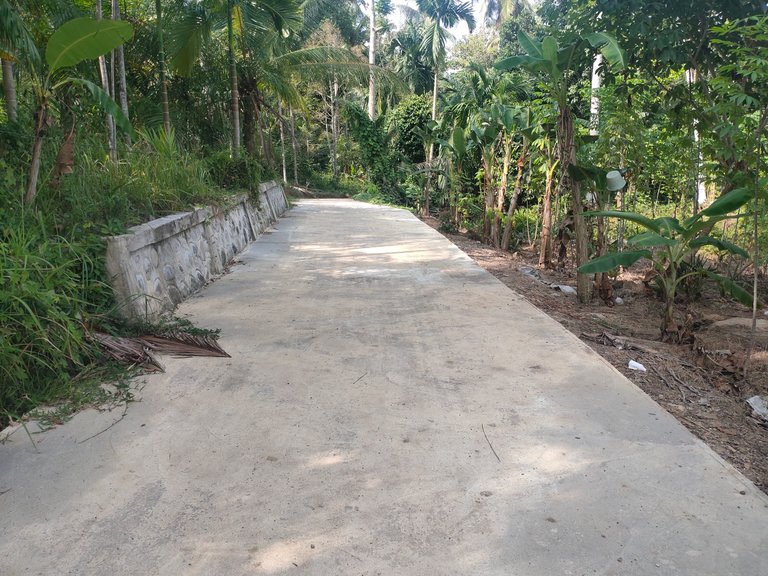
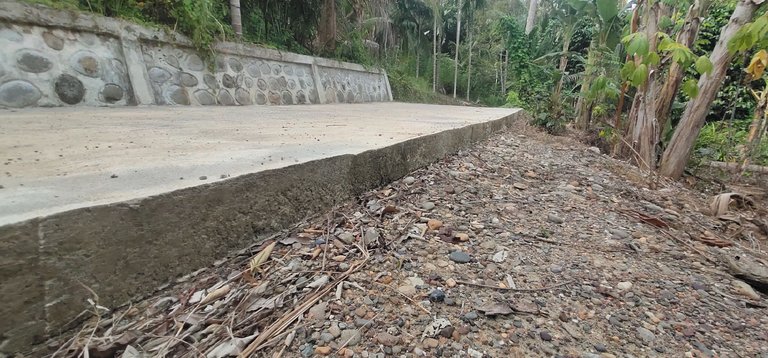
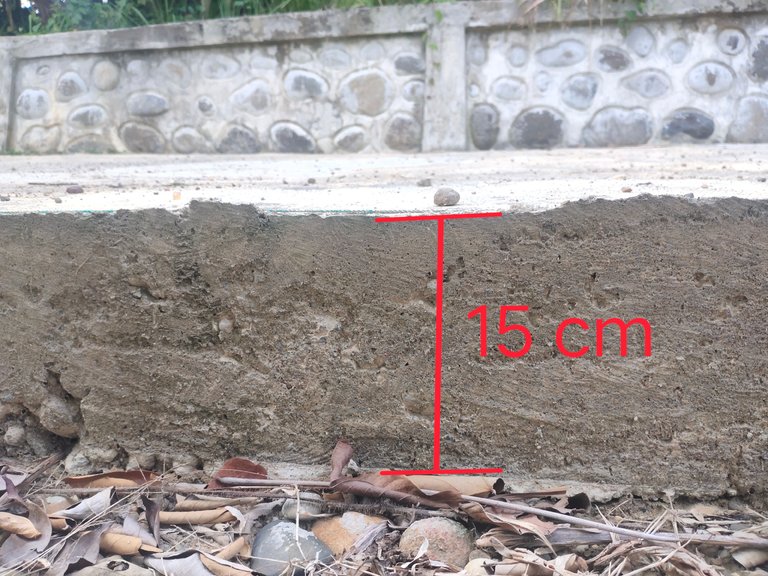
This road was built to get to the village residents around . to get good access to the plantation the government provides a budget for the construction of this road. related to the growth in rural areas that have gardens for the economic rotation of the local area.
with the construction of this road, people who own gardens receive very good benefits to support the economy. Every crop from the garden can be brought directly to the nearest market for sale. access roads that are already good make financial regulations in this village greatly increase.
In the construction of a concrete road, the thickness of this road is 15 cm and under the layer of cast concrete there is sand filled with a thickness of 5 cm so that when casting on this road it is flat and good.
The materials used in making concrete roads are clean sand, cement, water and gravel. The quality of the concrete used is K225 Indonesian National Standard (SNI). in casting required side dividers or concrete road formwork. Formwork is used along the road that is used so that the concrete mix that has been poured is out of the predetermined size. for example a road 4m wide and 15cm thick with a length of 200m. so the formwork is used along the worked road.
after the road is ready on the concrete, it must wait 28 days for it to be used. according to the provisions of the concrete must wait for a maximum dry mass of 28 days. to maintain the quality of the concrete which is durable and not easily damaged if it is crossed on this concrete road. After the 28 day period is over, the side formwork on the concrete road will be opened and can be passed by vehicles.
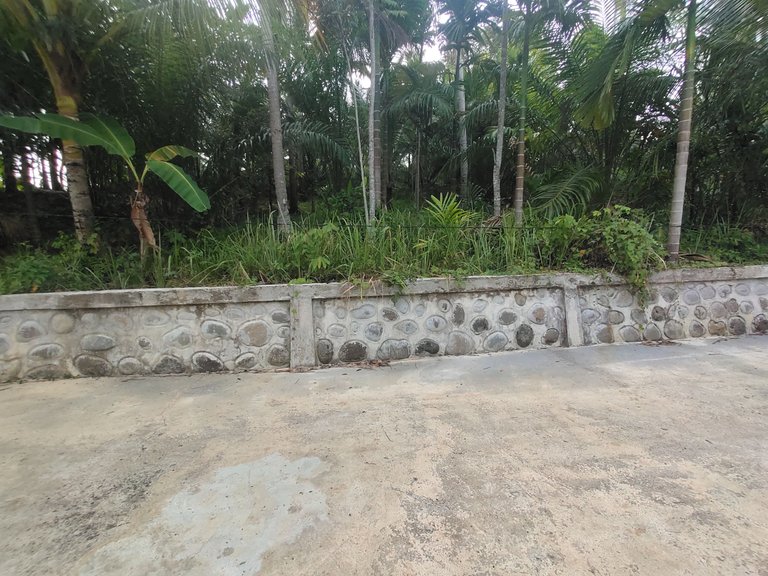
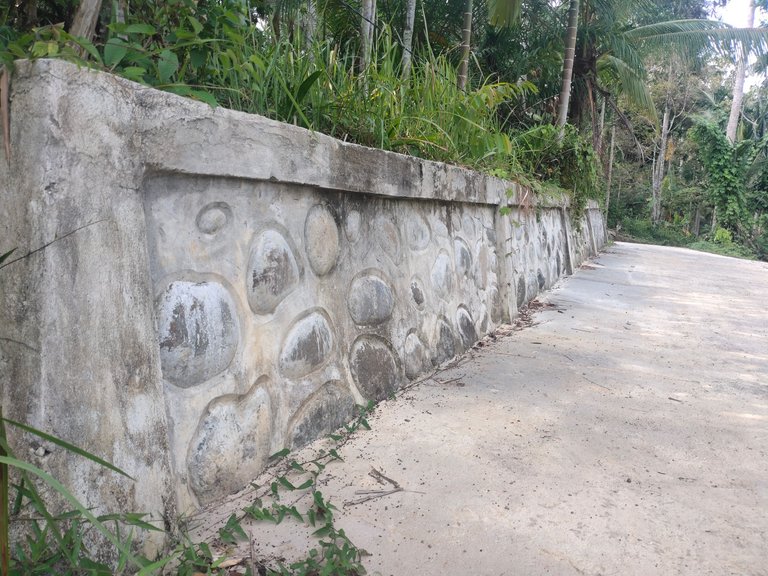
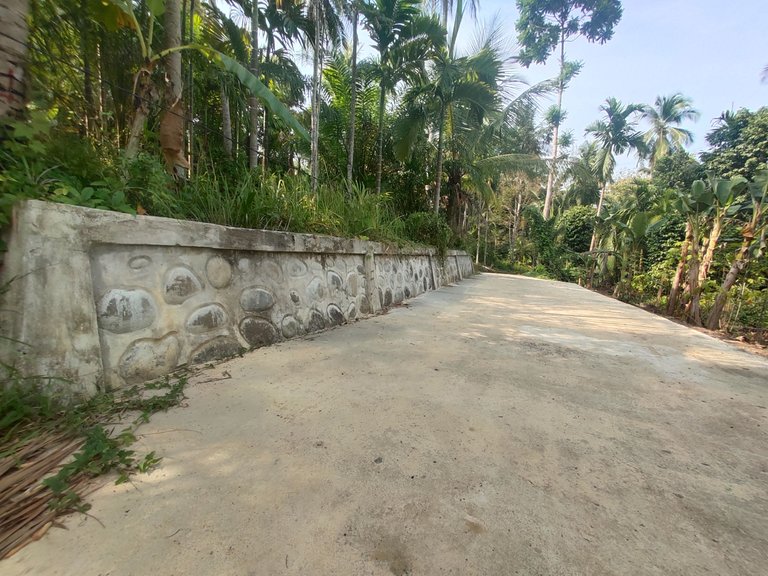
The location of this road is on the edge of a hill, so there are several locations that need to be made of retaining walls to prevent landslides. in the installation of retaining walls using k225 concrete is the same as the quality of the concrete for road works. in the pair of retaining walls have the structure of the foundation, column, sloof, natural stone masonry and ring beams.
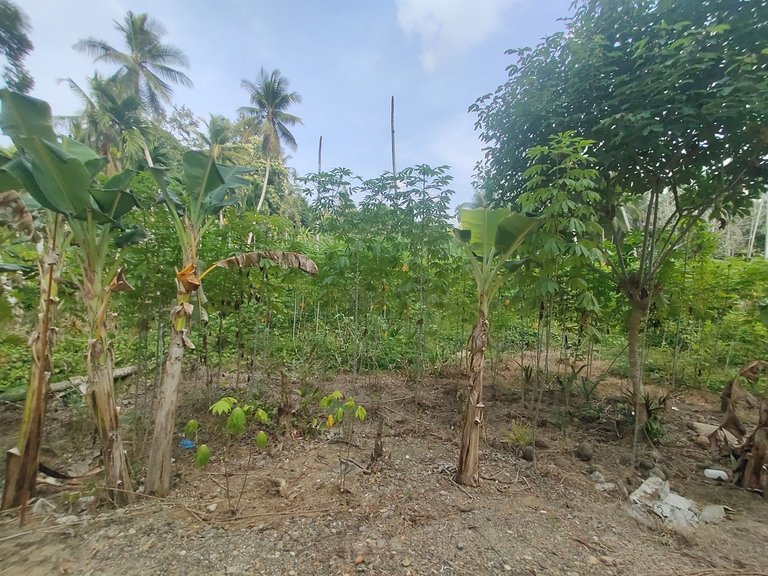
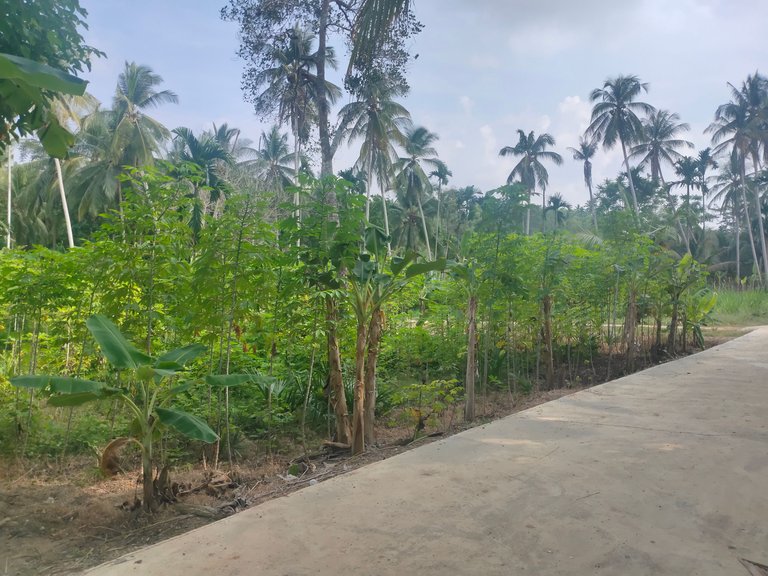
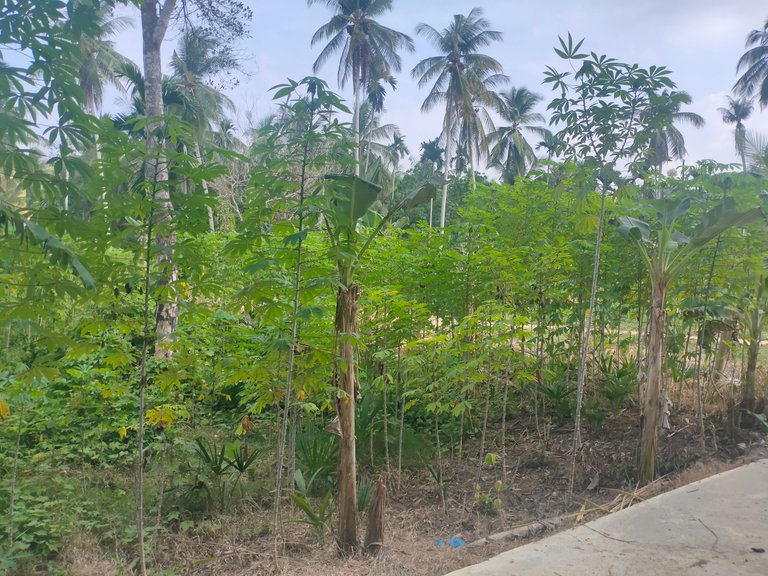
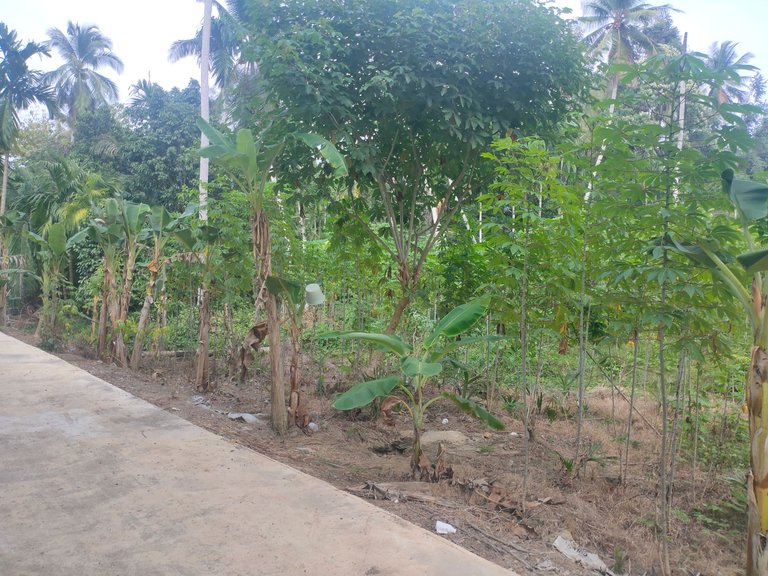
https://twitter.com/fajarsi65716710/status/1373348747082571782
Thanks for sharing the information...
Thank you again
Very interesting. Thanks for sharing. I was especially interested to learn about how the base beneath concrete vs asphalt has to differ and why. Things are never quite as simple as they seem from the outside.
indeed everything is not as simple as what we see from the outside. Asphalt and concrete have their respective advantages, especially for the layers below them. thank you for commenting
Really interesting ! That's awesome that things that seem pretty simple are really useful for everyone !
I have a question, isn't concrete some dansgerous in case of rain ? Isn't that slipery ?
not too dangerous if you do not drive the vehicle fast
Perfect !
I remember one time on a bike on a concrete road, but it was one portion that was particularly smooth and someone fell on it, we were also going pretty fast for bikes znd the road was wet.
We must be careful when the road we are going through is slippery because of the rain, whether it is a concrete or asphalt road is the same.
Yes for sure !
yes. thanks your comments
It's interesting to read about concrete road works and developments in rural areas. Thank you for sharing it here.
Thanks your comment 👋
It appears to me that the road is slightly angled to drain the water to the other side towards the crops when it rains? Is this so?
yes the slope is made in one direction and can serve to drain into the plantation. because on the other side there are hills.
People nowadays usually overlook concrete roads and streets because they’re a common sight everyday. Thank you for taking us deeper into its construction and development process from a civil engineering perspective! Great post!
Thanks, indeed this is a common construction that we often see. But not everyone knows about the process and the work method.
That´s a very interesting topic. I believe quality roads are very important for local farmers so that they can access their fields comfortably even with some machinery. Thanks for covering this topic for us, you put a lot of effort in this post so it´s my pleasure to give you TipU support and feature it in my latest upvote giveaway for more exposure :) Keep up the great work.
@tipu curate
Upvoted 👌 (Mana: 24/48) Liquid rewards.
Thanks your comment @phortun, I hope that development in remote areas will further develop so that people will be able to feel the benefits of all such construction as long as it is beneficial for the people at large.
Yeah, I agree but it´s also important to respect the environment when building something in remote rural areas ;)
yes, it must be in order to protect the environment there
Hello @fajarsdq, I'm just dropping by to congratulate you. Keep up with your informative content!
The Architecture+Design Community is an Active Member of the OCD Communities Incubation Program
Find out more about the community comprehensive guidelines